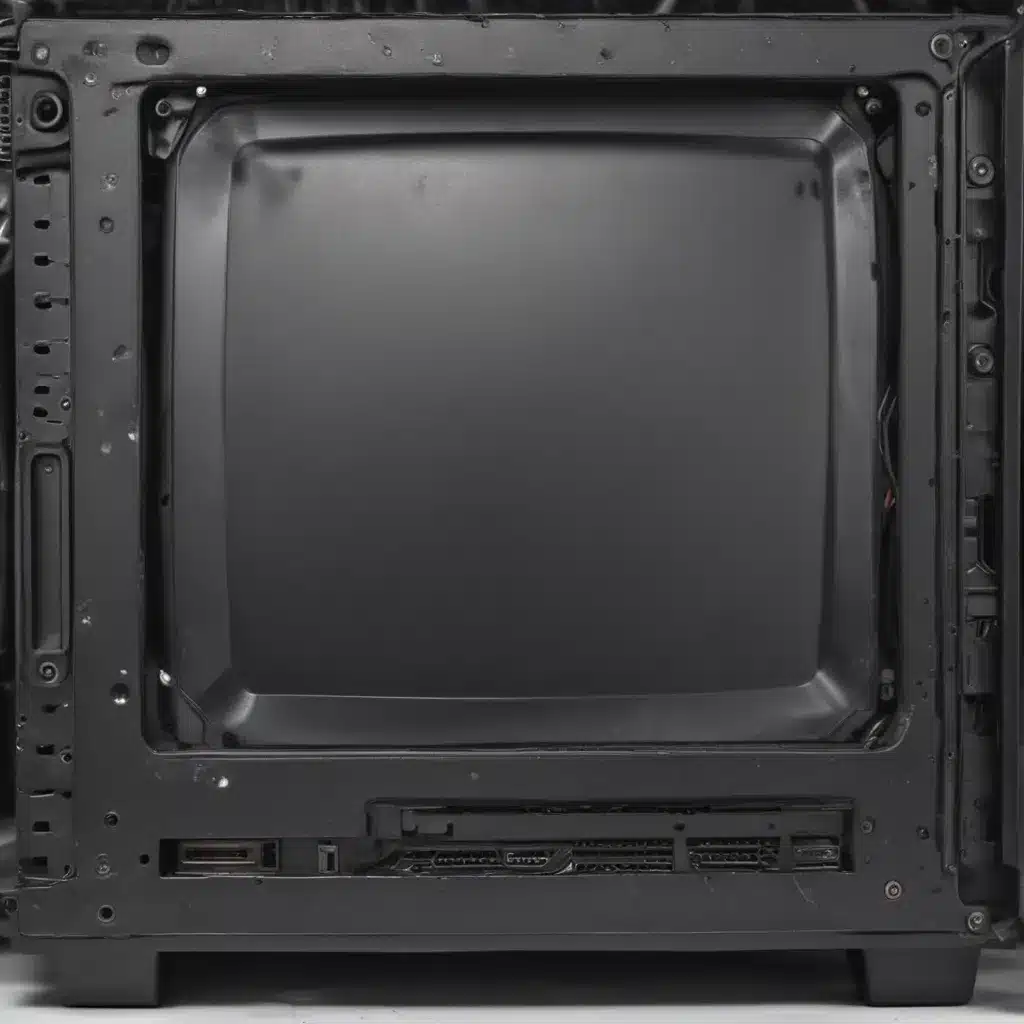The Dreaded Blue Screen of Death
I’ll never forget the day my trusty old desktop PC finally gave up the ghost. I had been using the same machine for nearly a decade, proudly boasting to my friends about how I had gotten my money’s worth. That is, until one fateful afternoon when I was in the middle of an important work project and my screen suddenly flashed blue, signaling the infamous “Blue Screen of Death.”
After several failed attempts at rebooting, it became painfully clear that my beloved computer had reached the end of its lifespan. Feelings of dread and frustration washed over me as I contemplated the daunting task of finding a replacement. How would I know when the right time was to finally part ways with my old friend? What if I jumped the gun and replaced it too soon? These were the questions racing through my mind as I stared at the lifeless machine before me.
Signs It’s Time to Upgrade
If you’ve found yourself in a similar situation, fear not – you’re not alone. Many computer users struggle with determining the optimal time to upgrade their trusty desktops or laptops. While there’s no one-size-fits-all answer, there are several telltale signs that indicate it may be time to start shopping for a replacement [1]:
Sluggish Performance
Has your once lightning-fast PC started to feel like it’s moving through molasses? Slow boot times, lagging software, and frustratingly long loading screens are all signs that your computer’s processing power and memory may be struggling to keep up with your daily demands.
Outdated Hardware
Technology moves at a breakneck pace, and even the most impressive specs can start to feel dated after just a few years. If your computer is running an older operating system, CPU, or RAM, it may be time to upgrade to keep up with the latest software and applications.
Unreliable Operation
If you find yourself dealing with frequent crashes, freezes, or other unexplained issues, it could be an indication that your hardware is starting to fail. Persistent problems like these can severely impact your productivity and overall user experience.
Incompatibility
As new software and hardware are developed, older computers may become incompatible, unable to run the latest programs or connect to modern peripherals. This can make it challenging to keep up with the digital world and may require an equipment refresh.
Security Concerns
Aging computers are more vulnerable to security threats as software developers eventually stop providing critical security updates. Running an outdated operating system or browser can leave you exposed to malware, viruses, and other cyber attacks [2].
Energy Inefficiency
Older PCs tend to be less energy-efficient, which can result in higher electricity bills and a larger environmental footprint. Upgrading to a more modern, energy-efficient model can help reduce your carbon emissions and save you money in the long run.
Weighing the Costs
Of course, deciding to replace your computer is not a decision to be made lightly. There are several important factors to consider, including the financial investment required. New desktop PCs and laptops can range anywhere from a few hundred pounds to well over a thousand, depending on the specifications and features.
To help you evaluate the potential costs, let’s take a look at a comparison of some typical desktop PC configurations and their price points:
| Configuration | Price Range |
|---|---|
| Budget PC (basic CPU, 8GB RAM, 256GB SSD) | £400 – £600 |
| Mid-Range PC (modern CPU, 16GB RAM, 500GB SSD) | £600 – £900 |
| High-End PC (powerful CPU, 16-32GB RAM, 1TB SSD + HDD) | £900 – £1,500+ |
In addition to the initial purchase price, you’ll also need to factor in the cost of any necessary software, peripherals (such as a monitor, keyboard, and mouse), and potentially even professional installation or data transfer services.
While it may be tempting to opt for the most affordable option, it’s important to remember that you often get what you pay for. Investing in a more capable machine can pay dividends in the long run by providing better performance, longer lifespan, and potentially even higher resale value down the line.
Making the Leap
Ultimately, the decision of when to replace your PC will depend on your unique needs, budget, and tolerance for dealing with aging hardware. If you’re experiencing persistent problems that are impacting your productivity and overall user experience, it may be worth biting the bullet and upgrading sooner rather than later.
On the other hand, if your current computer is still meeting your needs and you’re not encountering any major issues, you may be able to eke out a little more life before it’s time to make the switch. Just be sure to keep a close eye on those telltale signs of impending doom.
No matter which path you choose, the process of finding and setting up a new PC can be daunting. But with a little research, planning, and perhaps the help of a professional [3], you can make the transition as smooth as possible. Who knows – you might even discover that the latest and greatest technology has some pretty nifty features that make your daily computing tasks a breeze.
So, the next time you see that dreaded blue screen or find yourself cursing at your sluggish browser, remember: it might be time to say goodbye to your old friend and hello to a newer, faster, and more reliable computing experience.
[1] “Signs It’s Time to Replace Your Computer.” Lifewire, www.lifewire.com/signs-time-to-replace-computer-2377988.
[2] “When Should You Replace Your Computer?” PCMag, www.pcmag.com/news/when-should-you-replace-your-computer.
[3] “How to Set Up a New Computer.” CNET, www.cnet.com/how-to/how-to-set-up-a-new-computer/.













